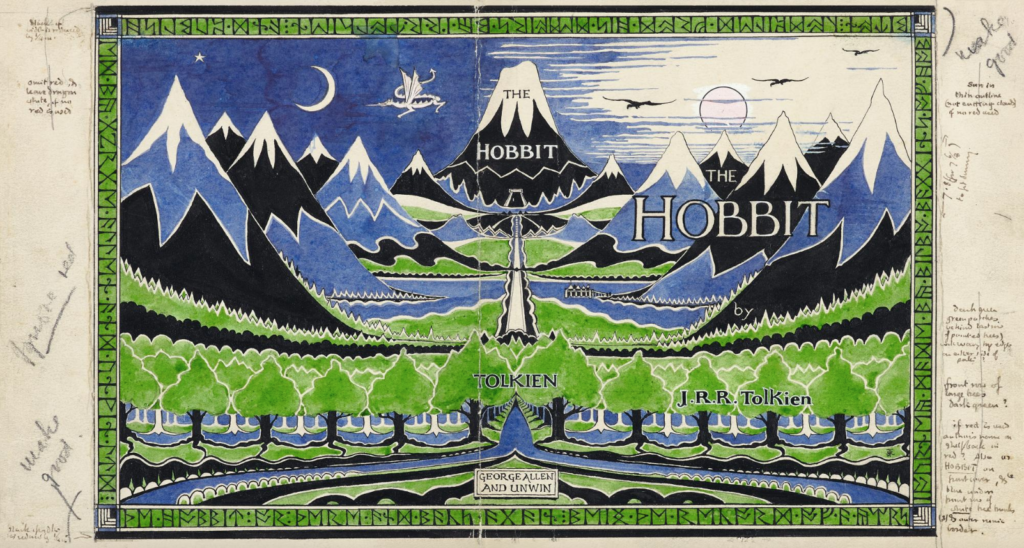TAYLEN LI
Dear students,
The process for finding the best battle (Famous Battles essay = FB essay) to write about is a tricky one for two reasons. #1. It is such a monumental choice because writing the FB essay is a long and exacting process, combining the principles of journalism (verification of information and sources, and context, among others) with a goodly dose of creative nonfiction. #2. Because human history hinges on certain battles (which is why they are famous) the battle you choose will be expressive of larger conflicts and ideas that are vital to know about, and writing the essay must dig into all of that, requiring a patience and resolve to see the job through. Part of the process in choosing is eliminating options, and below see the work of Taylen as he eliminates choices, and finally justifies the winning battle.
1. My interest in writing a Famous Battles essay on the decisive Battle of Santa Clara was initially sparked by its relationship with the greater Cuban Revolution and the role it played in overthrowing corrupt Cuban dictator Fulgencio Batista. I was also interested in simply learning more about the renowned Cuban leader Che Guevara, whose historical prominence I have heard so much about. However, my overall curiosity and appeal towards the modern country of Cuba was certainly the driving factor in researching the Battle of Santa Clara, for I was originally intrigued by the matter through an NHD project on the Cuban Missile Crisis I had done in middle school. However, I had never thought of continuing my study of Cuba’s revolutionary era during the Cold War. Upon discovering the Battle of Santa Clara, I had mixed feelings. This was because while the battle seemed very significant in that it was a decisive victory for Castro and the Cuban revolutionaries under Commander Guevara against the regime of Batista, I just didn’t feel the same interest I had originally felt. Perhaps it’s just me, but the battle seemed a bit unexciting to write about compared to the enthralling event that was the Cuban Missile Crisis and the other battles that, in my opinion, had much higher stakes for the combatants. Another factor that contributed to my diminishing interest was the lack of action and overall atmosphere of the Battle of Santa Clara. The derailing of an armored train by guerilla warriors and rebelling rail workers under the leadership of Guevara sounds remarkable at first thought, but in reality, I don’t believe I could write an entire essay, a good one, about the obstruction of a locomotive and the ensuing fight that I found nearly no information about.
2. The Battle of Dien Bien Phu was certainly the most famous of the three I chose due to its prominence in the First Indochina War, which marked the end of French colonial rule in Indochina during the height of the Cold War, and ultimately led to Vietnamese independence and the later Vietnam War. Despite its prominence as a historical battle, it was the battle that least interested me out of the three because of the overwhelming focus on military strategy and tactics. While it is understandable and necessary to incorporate the important technical aspects of Dien Bien Phu, such as the specific defensive fortifications that the French built and the Viet Minh’s employment of entrenchment and sapping, into a Famous Battles essay, it was the engulfing amount of military strategy that made up the battle when I was researching that made me uninterested, and would probably make the readers as well. I would rather incorporate numerous aspects like creative nonfiction, contextualization, military leadership, environmental factors, and social dynamics, like the civilian experiences.
3. The Battle of Chosin Reservoir, to me, was the most thrilling and compelling battle to research about. I believe this battle would be best suited for an extensive and unique Famous Battles Essay due to a variety of factors, including the fascinating location and terrain of the battle, the complex battle strategies used by both sides, the size of the engagement and the intensity of the combat, consequential aftermath and impact on the Korean War, and much more. The thing that first attracted my attention to the Battle of Chosin Reservoir was the freezing cold weather and icy terrain that it took place in. The battle was mainly fought around a 78-mile-long icy road that connected the North Korean city of Hungnan and the Chosin Reservoir during the harshest winter weather conditions of the Korean War – it seemed like something straight out of a movie. To add on just for fun, while researching, I learned a shocking fact about the sub-zero temperatures of the battle – bullet wounds would sometimes freeze, keeping soldiers from bleeding out until they safely retreated to the inside of heated tents. Along with the danger of dying from soldier-to-soldier combat, there was the risk of frostbite and a number of other medical conditions that soldiers could acquire in the cold climate, further adding to the gripping atmosphere of the battle. The second aspect that brought the battle to my interest was the different stages of it, culminating in the remarkable Evacuation at Hungnam. As I read about the Battle of Chosin Reservoir, I thought that it would be much easier to write about because I could go chronologically in relation to the stages of the battle, which include the initial Chinese surprise attack by the Chinese People’s Volunteer Army on the UN troops, the encirclement of the Chinese forces on the UN forces around the reservoir, the ultimate withdrawal of UN forces to the port city of Hungnam because of the overwhelming Chinese forces and harsh weather, and the final conclusion of the battle and its impacts. This, along with the other characteristics of the battle, will suit for quite a detailed and engaging essay.







